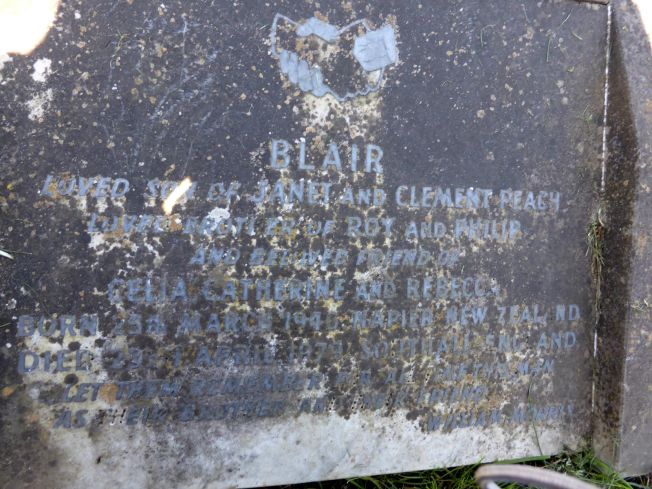Three weeks ago I spoke at a public meeting organised by Southall Resists 40, alongside Suresh Grove, Gareth Pierce, Avtar Brah, Clarence Baker and others, calling for justice for Blair Peach. This is what I said:
My subject is the Inquest into the killing of Blair Peach.
The purpose of an inquest is to decide who died and how. It is not a criminal trial; and yet it plays a part in criminal proceedings. We know this, for example, from the 2016 inquest into the Hillsborough tragedy. That inquest’s verdict of unlawful killing led directly to the prosecution of the officer on charge on that day.
The inquest into the killing of Blair Peach could have resulted in a similar verdict and could have led to a similar criminal prosecution.
The reason it didn’t is down to the role played by the coroner, John Burton.
Anyone who has acted as a representative – in court maybe, or before an employer – will know what it is like when the person you are speaking to simply refuses to listen.
At the inquest, the Anti-Nazi League was represented by a senior criminal barrister, Richard Harvey. Celia Stubbs was represented by Stephen Sedley, later for many years a judge in the Court of Appeal. They were not shy people men, they were not junior lawyers, but tough, battle-hardened advocates.
But as these lawyers cross-examined the police witnesses they were repeatedly interrupted by the Coroner. When police officers who had been within yards of Peach’s death said that they could not remember anything, Burton said he admired them. When witnesses from Southall who had seen the killing described Peach’s death, including members of the Atwal family, Burton denounced them as liars.
Three of Burton’s decisions, in particular, have been criticised. First, the coroner initially refused the request of Blair Peach’s family to have the case heard by a jury. By tradition, juries were required in all inquests. Since 1926, they had been optional, except where the death occurred in circumstances whose repetition would be prejudicial to public safety.
But this was exactly the case that the victims of the police riot at Southall wanted to pursue. They said that the conduct of the police on 23 April 1979 police was in no way justifiable. That in order to keep open a meeting attended by fewer than thirty members of the National Front, the police had rioted against the local community: beating dozens of people, making 700 arrests, charging 345 people. How could a police riot not be “prejudicial to public safety”?
The refusal to call a jury was overturned by the Court of Appeal. Yet, despite the success of that appeal, Burton remained in charge of the inquest.
Second, midway through the inquest, Burton told the jury that there were two “extreme” theories as to how Peach had been killed. One, which was made up for the first time by him, no witness having ever suggested anything close to it, was that a left-wing protester had struck Peach with the idea of creating a martyr. The other, equally ‘extreme’ theory was that Blair Peach had been killed by the police.
In effect Burton told the jury that any verdict was available to them, except the most obvious: that a police officer had unlawfully killed Blair Peach.
In order to protect the police officers after Peach’s death, Burton had to discredit every piece of evidence in front of the jury:
- the eyewitnesses who had seen police officers strike Blair Peach
- the pathologists who identified the most likely weapon, a home-made cosh, a hosepipe filled with lead, or perhaps a police radio
- the fact of a police raid on the lockers of the officers of the Special Patrol Group who were surrounding Peach when he was struck, and the weapons found there: a leather-covered stick, out-sized truncheons, a metal cosh.
Burton’s third, crucial intervention, was to refuse to allow the jurors to see the police’s own investigation into the killing: the Cass report.
Kept from the inquest jury, the report ran to 2,500 pages. It was a thorough document. Commander Cass identified six police officers who had disembarked from their vehicle immediately before Peach was struck. Cass also named a prime suspect for the killing: Officer E, an Inspector in the SPG, Alan Murray.
Murray had been on edge all day, arguing with a television crew.
He had lied about where his police vehicle had stopped; only changing his account when he realised that the vehicle’s location could be identified from police logs.
Inspector Murray claimed that another group of other police officers had also been at the scene. He later admitted that this was a lie.
Murray refused to attend an identification parade. He then grew a beard so as to make it impossible for the witnesses to identify him.
He sent a solicitor to Cass, in an attempt to warn him against continuing with the investigation.
Murray had control over the unit’s radio, one of the weapons identified by the pathologists as a possible cause of the unusual blow to Peach’s skull
Coroner John Burton died in 2004; no one will ever be able to prove why he went to such extraordinary lengths to keep the results of this investigation from the jury, or why he worked so hard to minimise any scrutiny of the police.
What we do know, of course, is that Blair Peach’s killers were never prosecuted. And, in that way, Blair Peach joins the 1500 other people who have died in police custody since 1990 without a single police officer or prison guard having been successfully prosecuted for manslaughter, let alone murder.
What we know above all is that the events of Blair Peach’s death are still crying out for justice.









